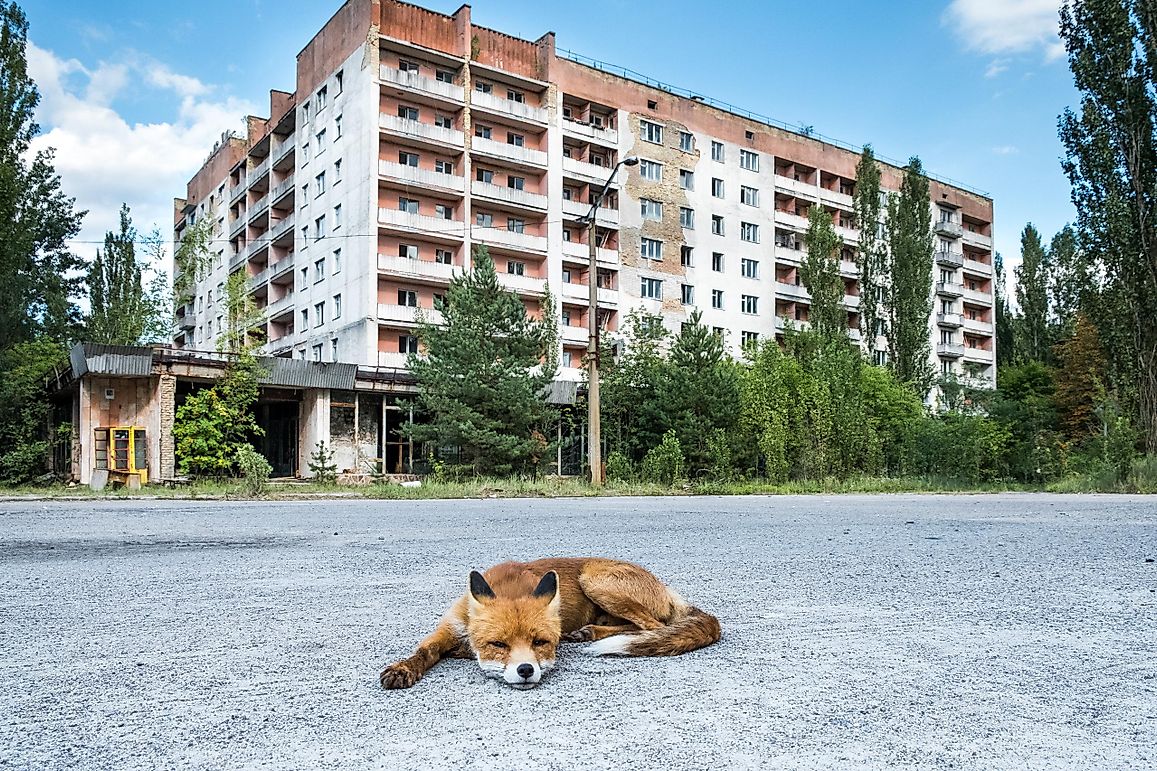

Read: The creatures that remember Chernobyl
But that dependence also means that dogs are also less likely to chow down on wild, radiation-contaminated food, and may be well positioned to take advantage of the ruins we leave behind-and to mooch more when we start to creep back. In this landscape of possibilities, it’s hard to say where the dogs of Chernobyl might fall: Domestic canines depend heavily on us, and may suffer more than other animals when we leave. And in some parts of the exclusion zone, some of them appear to be flourishing on terrain now largely devoid of humans and their polluting, disruptive ways. Still, not all creatures are equally susceptible to radiation many have also avoided the region’s most saturated zones. And over the decades, a wealth of studies has revealed serious health effects among some local animals: Birds have been found with tumors and unusually small brains bank voles have battled cataracts and produced wonky, underperforming sperm. Repeated, heavy doses of radiation-which can mutate DNA, seed cancers, and irreparably damage the structural integrity of cells-can be, without question, “extremely detrimental to life,” says Isain Zapata, a biomedical researcher at Rocky Vista University.

The long-ranging consequences of their exposures, though, aren’t yet clear. Some may even have inherited mutations caused by the explosion itself. Perhaps this lineage of dogs has been stewing in the plant’s radiation for a dozen generations or more. This pack might represent something like “a time capsule” from the disaster’s worst days, says Elinor Karlsson, a genomics expert at the Broad Institute of MIT and Harvard. The dogs there are far more inbred, and still skew heavily German shepherd-a breed that has a long history in the region, a hint that the animals have largely kept to their ancestral roots, says Elaine Ostrander, a geneticist at the National Institutes of Health and another of Spatola’s co-advisers. But the power-plant population seems more stuck in the past. They’ve been born of mixtures of modern breeds: mastiffs, pinschers, schnauzers, boxers, terriers. The animals that the team sampled in Chernobyl City and Slavutych, the researchers found, look a lot like dogs you’d find elsewhere. Read: The aftermath of a mass slaughter at the National Zoo But in the hundreds of blood samples that Spatola and her colleagues have analyzed from dogs in all three groups, they’ve already found evidence that the reactor-adjacent canines are different in at least some ways. Which means that geographically distinct packs of dogs could, in theory, have distinct exposure histories, and distinct genetic legacies to show for it. The region’s landscape is “a patchwork of different radioactivity levels,” says Timothy Mousseau, a biologist at the University of South Carolina who’s been studying Chernobyl’s wildlife for more than 20 years, and is co-advising Spatola’s work. The spatial differences are essential to the study’s success. The researchers are working to compare the genomes of those dogs with those of others living farther out, in Chernobyl City, a quasi-residential region about nine miles away that was evacuated after the blast, and in Slavutych, a less contaminated city roughly 30 miles out, where many power-plant workers settled after leaving their post. One of the key canine groups the team is focusing on is based at what’s left of the power plant itself, and has likely weathered the highest levels of radiation of any dog population in the exclusion zone. And the canines we leave behind when crises strike could show us what it takes to survive the fallout of our gravest mistakes. The fates of dogs-bred and adapted to work, play, and lounge at our side-are tied to ours. The findings could both reveal the lasting tolls of radiation and hint at traits that have helped certain dogs avoid the disaster’s worst health effects. In identifying the genetic scars that today’s animals may have inherited, the researchers hope to understand how, and how well, Chernobyl’s canine populations have thrived. Spatola and her colleagues are now puzzling through the genomes of those survivors’ modern descendants. “Dogs were there immediately after the disaster,” says Gabriella Spatola, a geneticist at the National Institutes of Health and the University of South Carolina. In the 1,600-square-mile exclusion zone around the power plant, they encountered each other, and began to reproduce. Those dogs trekked into the camps of liquidators to beg for scraps they nosed into empty buildings and found safe places to sleep. Most of those former pets died as radiation ripped through the region and emergency workers culled the animals they feared would ferry toxic atoms about. In the spring of 1986, in their rush to flee the radioactive plume and booming fire that burned after the Chernobyl power plant exploded, many people left behind their dogs.


 0 kommentar(er)
0 kommentar(er)
